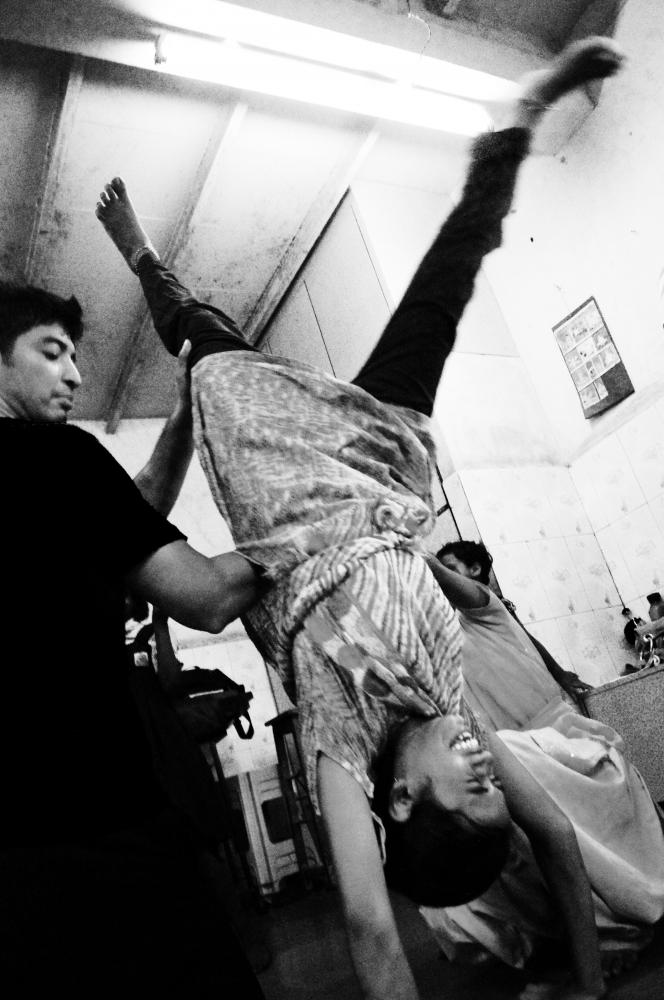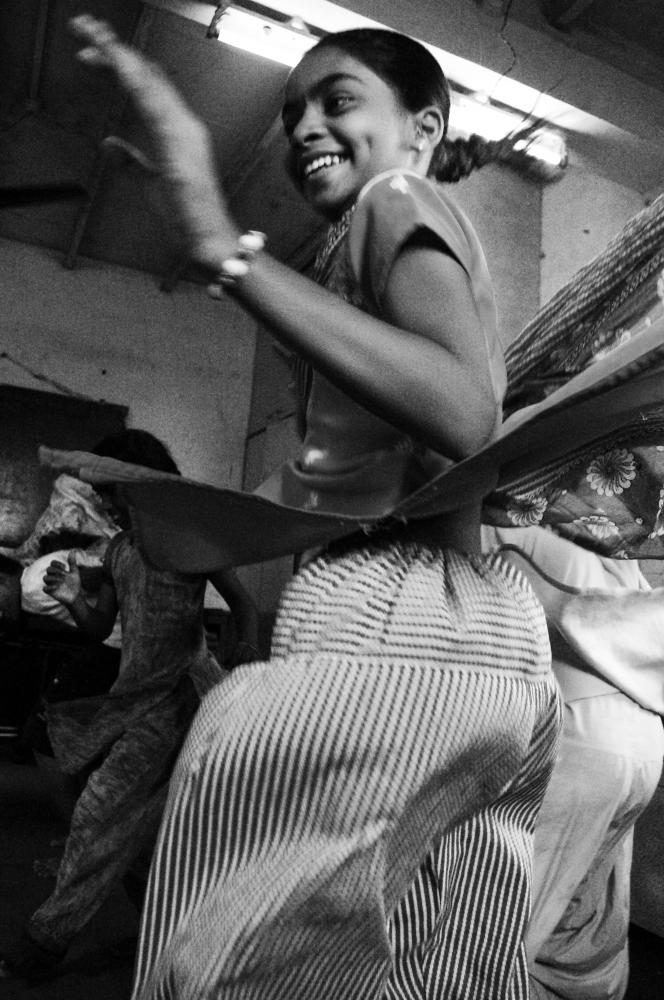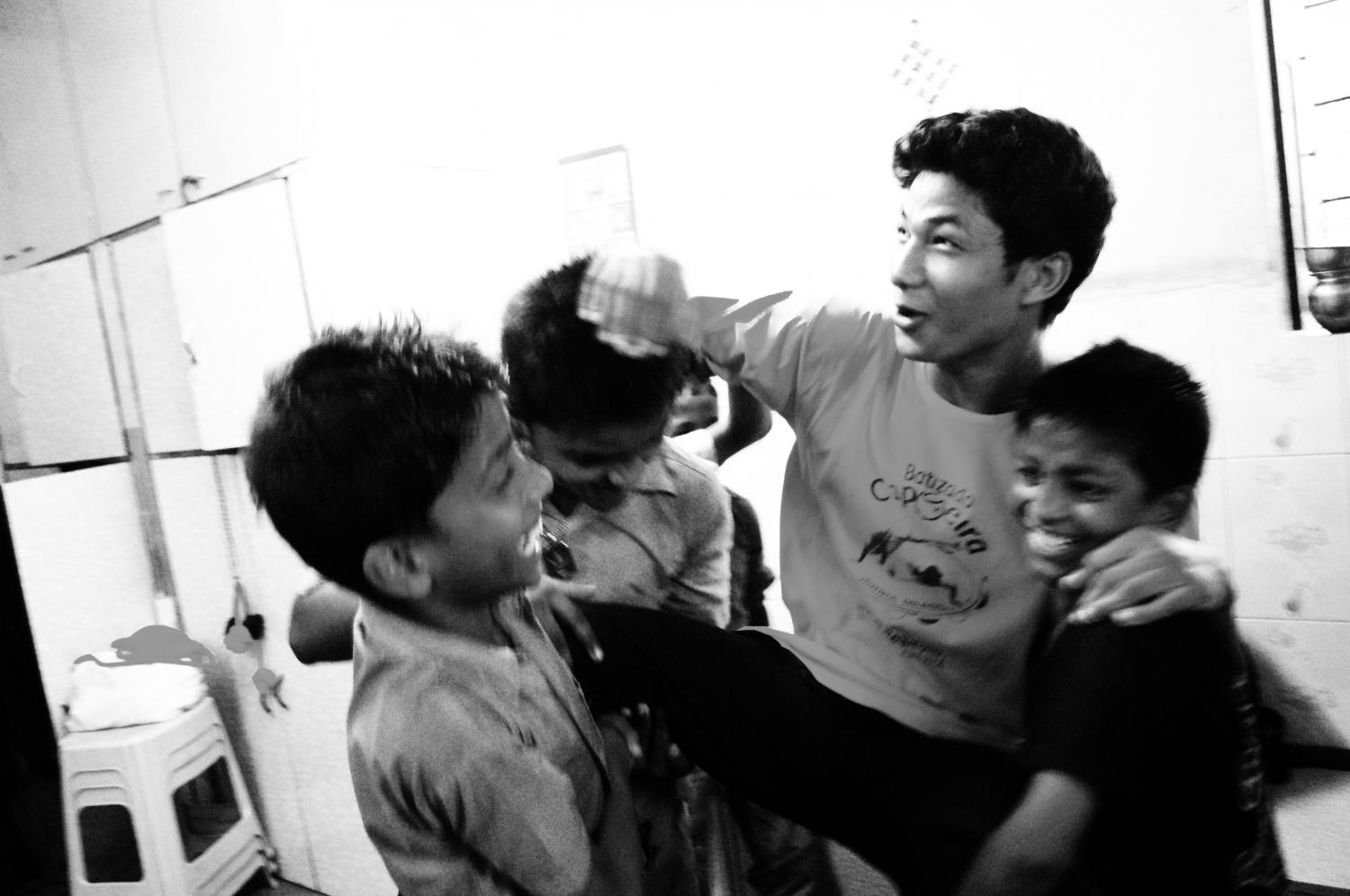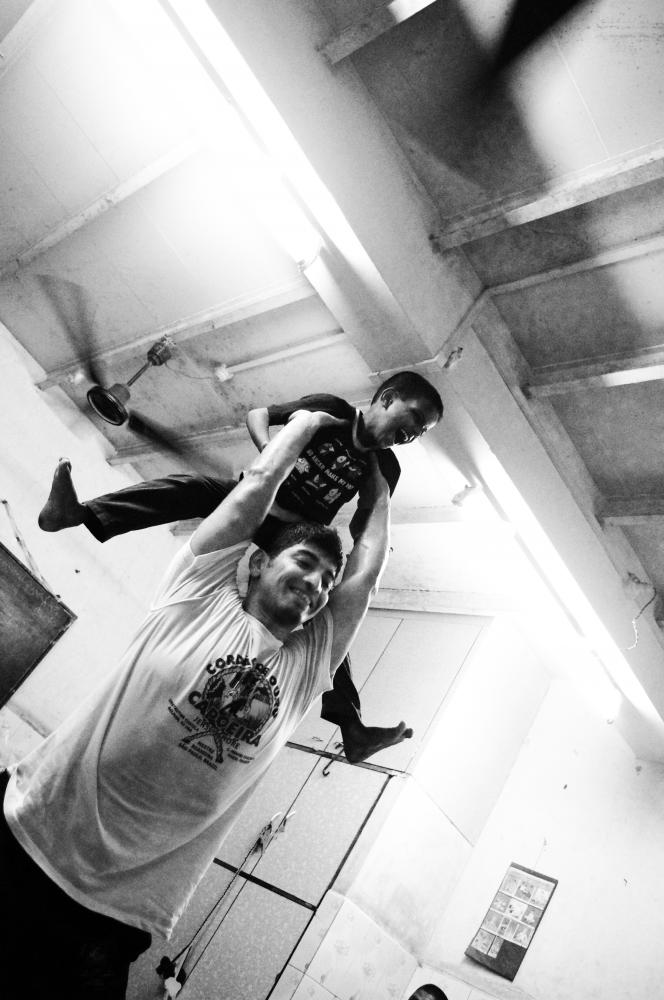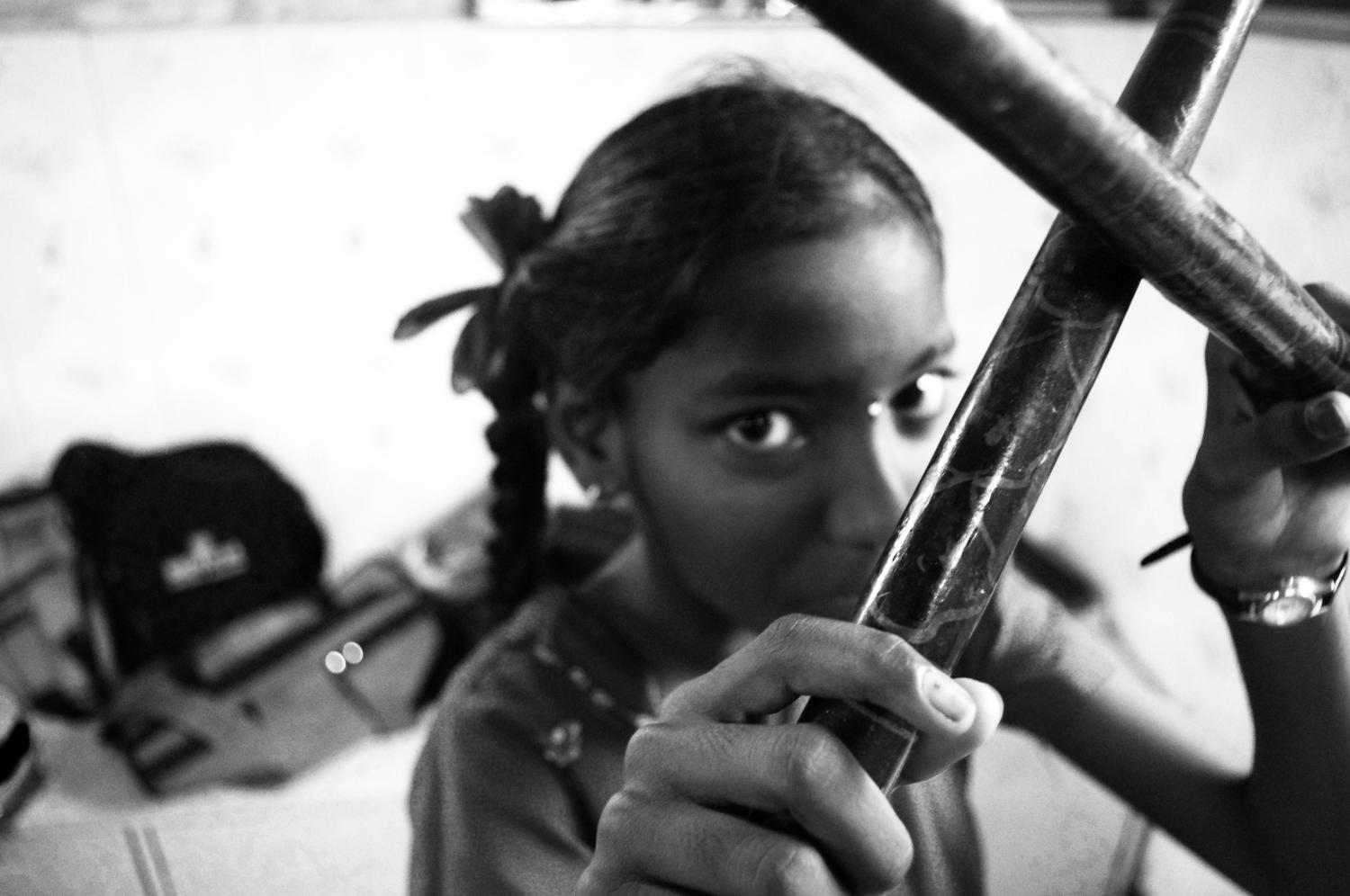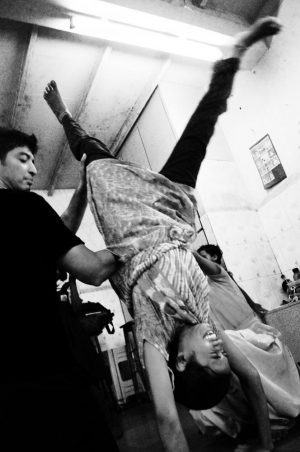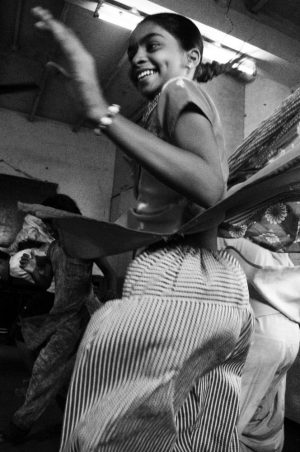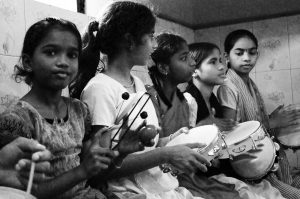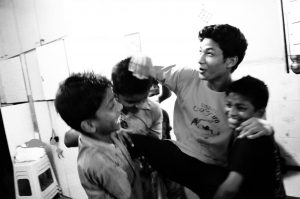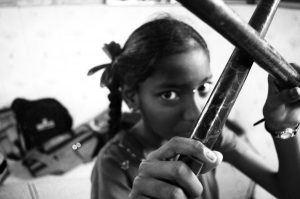Dancing Across Cultures: Youth in India Learn Brazilian Capoeira
March 8, 2012
A group called Cati-patang-poeira teaches capoeira, a playful Brazilian martial art, to kids in the Bainganwadi slum in Mumbai. Bainganwadi holds the largest landfill in the city and mounds and mounds of trash surround the slums. Many of the kids in the capoeira class have either lost their parents to or have parents suffering from tuberculosis or leprosy
These capoeira lessons are about more than just learning to dance—they’re about empowering the kids to reach higher and exposing them to new ideas. Before last year, many of the children had never traveled outside of the slums. On New Year’s Day, they took the kids to a beach in Mumbai. Most of the kids had never seen so much open space in their lives.
All of the kids are given nicknames in Brazilian, a tradition that comes from the original capoeiristas— African slaves in Brazil. Capoeira was a crime back in the colonial days, and all the capoeiristas had nicknames so they wouldn’t be identified even under torture if caught by the police. The nicknames often teasingly or playfully describe a characteristics of the capoeirista. The girl pictured is named Raposa, meaning “fox.”
The class room is too small for everyone to learn at the same time. Fortunately, music is a major part of capoeira. Typically, half of the students make music while the others dance.
The kids grow up beating each other all the time. Violence is something of a game in these slums. When capoeira instructors Shantanu (or Chico, Brazilian Boy) and Sunil (or Sucuri, anaconda) visited the school the kids attend, they broke up a fight between two students. When they looked up at the playground afterwards, they saw eight other groups of kids fighting. Initially, the kids used violence against one another when there was conflict. Since the start of the program, the students have learned to work together and solve their problems in less aggressive ways.
The teachers work to build trust with the students and connect. They don’t want to come in from the outside and just teach, but form meaningful relationships with the kids and improve their lives by inspiring and empowering them.
In October, the students had their first performance in Bainganwadi. They worked on a Dandiya routine for the Navratri festival, a celebration of the Hindu goddess Durga, and performed it for over 500 people. Dandiya is a dance performed with two sticks called dandiyas that represent the swords of Durga. The dance itself was representative of the violence in Bainganwadi slums. It began with the girls dancing peacefully, representing the neighborhood during the day, where the air is playful and light. As night falls, the boys come in violently with their dandiyas. This represents the hostility prevalent in this slum, mostly brought on by the men of the community. After an aggressive Maculele (Brazilian war dance) routine, a bigger and more aggressive boy comes in to overpower the others, and a fight amongst them ensues. By the end, all of them have fallen, showing that violence vanquishes all who use it. In the end, the women revive the fallen boys and do an Afro-dance routine together, symbolizing the relationship the men and women of this community share—how one cannot survive without the other, and how peace is sustained by the balance they maintain in the society to show the importance of peace and harmony.


